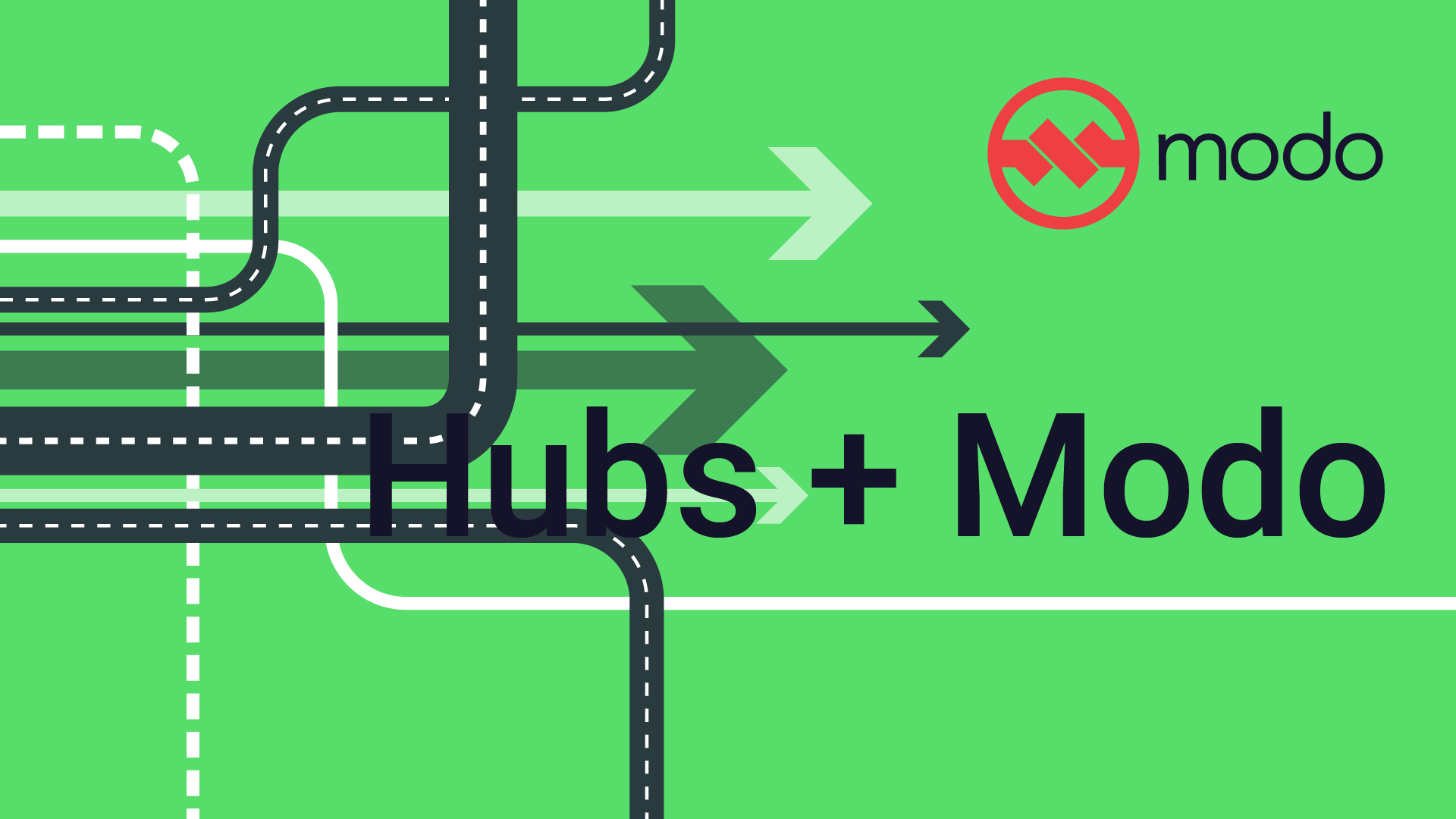Modo CEO, Bruce Parker, discusses a core piece of payments technology, the Payments Hub. Read below, or watch the video above to learn about payments hubs, where they are going, what their limitations are, and how Modo can help you take your payments stack to the next level.
What is a payments hub?
A payments hub traditionally is thought of as a way to bring multiple different payment systems together, generally systems that are different from one another. A lot of folks would define that as being able to do cards and wallets, bank accounts and other things all in the same place and in the same way. Other folks, particularly inside of the banking community, would think of a payments hub as a place that you bring together everything of one kind, but perhaps, in very different places around the world for instance how do you perform ACH traffic here in the United States and similar kinds of direct-debit/direct-credit traffic in Europe and in Canada and in other markets. A payments hub is really all about how do you bring different kinds of payments together and process them in the same way.
Why would I need a payments hub?
Generally a company would consider a payments hub when the complexity of their payments environment is more, is higher. They have different kinds of payments that they want to really bring a standard way of approaching, standard way of dealing with the data, standard way of dealing with the financial transactions - things like settlement and reconciliation, things like delivering those experiences through various channels, but they are relatively rare. Payments hubs predominately have been deployed within banks and payment service providers and networks rather than companies.
Companies that are considering payments hubs tend to have global transactions in multiple currencies, in multiple countries that have different formats. For instance, we might call it ACH here in the United States. In the United Kingdom they would refer to that as a BACS transaction. B-A-C-S. Within Canada, there’s a different name. Within Australia and New Zealand there’s a different name. All of which actually have very similar structured banking markets. If we go to a different type of banking market, for instance, Germany or the Netherlands or France or, for instance, a number of countries in Latin America and Mexico, each one is going to have a notion of how banks communicate about exchanges of value in very very different fashions. Those are the kinds of problems that really vex large corporations that are trying to simply pay somebody or get paid in various countries around the world and want to use bank transactions in order to be able to do that. Payments hubs are a typical way to respond to that kind of complexity and differences between systems that otherwise should be doing the same thing.
Which payments hub is right for me?
A key criteria for selecting a payments hub really revolves around which payments are we talking about, which types of payment methods, and which payment services and in particular where around the world. If we were thinking in terms of, predominantly, ACH or that style of transaction (it has different names in different parts of the world) that might lead us towards one path, one particular vendor, and if we were thinking about cards plus bank transactions plus maybe book transfers that would actually lead us to a different product. So it really depends on what the use case is to determine which actual product might suit the need best.
Modo is in one sense a payments hub precisely because we make many different kinds of payments operate in exactly the same way. The way that we’re doing that is we actually break every payment down into five key steps every time and we process those the same way every single instance. Regardless of whether or not we’re talking about a bank transaction, a card transaction, a wallet transaction, something proprietary like loyalty or gifts or other things, every single time we turn it into the exact same set of steps. They work exactly the same way every time and we’re performing real-time accounting during that lifecycle. That’s a similar kind of concept to most payments hubs - make different things work together. Another word for that exact same thing might be the word interoperability. Payments interoperability - where systems that have one set of rules can interact with payment systems that have a different set of rules or different set of data or different set of transaction types.
Settlement and reconciliation is often an unaddressed element of how a payments hub implementation might work. It’s something that most payments hub products didn’t really think of or didn’t really consider. They focused instead on how do you initiate the payment and then how do you finish the transaction processing, but what do you have to do to account for it at the end of the day is left up to other systems or other approaches.
One of the key things that we think is important at Modo is besides the payments hub’s focus on just simply providing interoperability and interacting with a bunch of different types of either the same kinds of payment or different kinds of payments is looking at it from a complete end to end lifecycle perspective. Everything from initiation, which is a common point of agreement, all the way through, not only reconciliation, but any after transaction issues - reversals, exceptions, disputes, other things that cause us to have to go back into the payment and perhaps send money back the other way.
Watch other related videos
